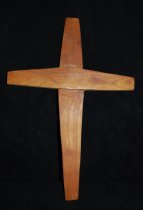Search Term Record
Metadata
Name |
Snoqualmie |
Details |
Snoqualmie is a city next to Snoqualmie Falls in King County, Washington. The population was of 10,670 at the 2010 census. Movie actress Ella Raines was born in Snoqualmie Falls, a mill town across the Snoqualmie River that is now part of Snoqualmie, on 6 August 1920. Many of the exterior shots for David Lynch's Twin Peaks television series and movie (Fire Walk With Me) were filmed in Snoqualmie and in the neighboring towns of North Bend and Fall City. The name Snoqualmie is derived from the Lushootseed name s•duk?albix?, generally interpreted to mean "ferocious people", a name applied by another Coast Salishan tribe in reference to the Snoqualmie tribe. The second written record of the exploration of the Snoqualmie Valley comes from the notes of Samuel Hancock, who ventured up-river with the Snoqualmie tribe in 1851 in search of coal. Near the current location of Meadowbrook Bridge, Hancock was told by his guides that the land was known as "Hyas Kloshe Illahee", or "good/productive land". Hancock took this useful information back with him to the area now known as Tacoma. During the 1850s, tensions were very high between the native populations and the new settlers claiming the land as their own. In 1856, in response to these tensions, Fort Alden was built in the area that would become Snoqualmie. No alliances were made between the tribes in the east and the tribes in the west, and Fort Alden was abandoned (along with other forts built around this time). The most successful early pioneer in the Valley was Jeremiah Borst, who arrived in the spring of 1858 on his way over the Cedar River trail from the eastern side of the mountains. He settled in the area that formerly held Fort Alden, and used his sales of pigs and apples in Seattle to buy out many of the surrounding land from other settlers. As successful as farming was, other settlers had different methods of working the land. The very first mill in Snoqualmie was established at the mouth of Tokul Creek around 1872 by Watson Allen. Within 5 years, there were 12 logging operations on the Snoqualmie River, providing lumber to the entire Seattle region. Within 15 years, logging and mill work was employing 140 men and sending millions of board feet of logs down the river. In 1882, the Hop Growers Association was founded by three Puget Sound partners, who used land purchased from Jeremiah Borst to create a farm that would eventually cover 1,500 acres (6.1 km2), 900 acres (3.6 km2) of which was devoted solely to hops. This extremely successful venture (billed as "The Largest Hop Ranch in the World") would fall prey to a combination of market and pest factors, and fell into relative obscurity by the end of the 1890s. By the late 19th century, the Puget Sound region was growing, but bypassed by the major railways. In response, a group of Seattle entrepreneurs funded and built their own railway in an attempt to cross the Cascade mountains. The Seattle, Lake Shore & Eastern opened up the vast natural resources Snoqualmie valley to the markets of the world, and brought in tourists from around the world to enjoy the natural beauty of the area, and to marvel at the Falls. Of course, a by-product of this sudden massive increase in interest in the area was a marked increase in speculation. Originally, the area that would become North Bend was platted as "Snoqualmie" in February 1889 by Will Taylor. The area that is currently Snoqualmie was platted in August of that same year as "Snoqualmie Falls" by investors from Seattle. The oral history of the area places the first residents of Snoqualmie as Edmund and Louisa Kinsey, who established the first hotel, livery, general store, dance hall, post office, and meat market – in addition to helping build the very first church in the town. Two of their sons (out of six children) are most famous for their photography documenting the early timber works in the region. The first power plant at the Falls was built in the late 1890s by Charles Baker, one of the investors from Seattle who had assisted in the platting of the city. This development provided both power and jobs to the region, and a small company town grew up near the Falls to house the workers. More than 100 years later, Baker’s original generators are still in use by Puget Sound Energy. The official vote for incorporation of "Snoqualmie Falls" as the City of Snoqualmie occurred in 1903. At the time, land prices had not decreased since initially set in 1889 - prices that did not reflect the financial reality of the region. In response to these high prices, people had created a large "squatting" community, building where they wanted regardless of land ownership or interests. The first challenge that the city council faced was lowering lot prices and migrating these buildings off of the public right-of way, establishing the basic layout of the town that exists to this day. In 1917, a new all-electric lumber mill (only the second ever in the U.S.) opened across the river from Snoqualmie, along with the company town associated with it, Snoqualmie Falls. For the first half of the century, the timber industry provided the city and Valley with a stable source of income and employment, even as World War I drew away workers and the Great Depression took its toll across the nation. This prosperity was moderated during the Depression, and with the changes in culture and mobility that took effect in the latter half of the century, Snoqualmie and the majority of the Valley fell into somewhat of a stagnant existence. The city was bypassed when US-10 was built across the Cascades (now Interstate-90), and this led to a shift in commerce to the east (into North Bend) and west (into the Bellevue/Issaquah areas). Aerial image of Snoqualmie Ridge on a snowy day (2009).By the 1960s, the homes that had made up the company town of Snoqualmie Falls had been moved to other locations within the Valley, and the city’s population had stabilized to a growth rate of roughly 11 people per year over the next 30 years (from 1,216 in 1960 to 1,546 in 1990). This slow growth cycle continued until the mid-1990s, when the City annexed 1,300 acres (5.3 km2) of undeveloped land that became the site of the current "master-planned" community of Snoqualmie Ridge. The plan for this new community includes homes for more than 8,000 new residents, two retail centers, a business park, and the TPC Snoqualmie Ridge, a private, PGA Tour-sanctioned golf course. The resulting influx of new residents and businesses is an ongoing challenge for the city council, as they attempt to balance the desire to retain the rural and historical feel of "historic" Snoqualmie with the needs of a significantly larger population than has existed in the Valley in the past. The city's historic downtown is undergoing a major renovation to improve its infrastructure and make the area more attractive to visitors to the valley's many natural attractions. Coordinates 47°31'59"N 121°50'40"W |
Related Records
-
001.064.A.B - Road poll tax James Taylor 1871 and note to J.W Borst for $200.00 dated Jan 1, 1873.
Statement, Financial
Record Type: Archive
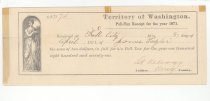
-
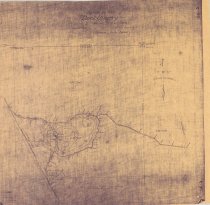
-
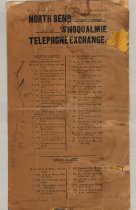
-
033.005.A.B - Large 28.5 x 18" cardboard handwritten list of telephone rings for subscribers in North Bend and Snoqualmie. Numbers on both sides of card.
Directory, Telephone
Record Type: Library
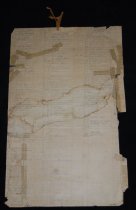
-
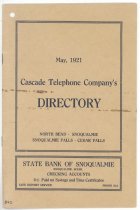
-
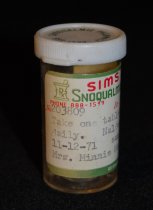
-
040.3129 - Consolidated Laundry & Dry Cleaners, Snoqualmie, March 1933.
Receipt
Record Type: Archive
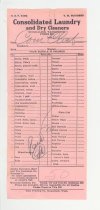
-
073.002 - Bread pans (three attached) from Bookter Bakery, Snoqualmie, Wash. 3 sections (pans) attached by metal strips (2) between pans. Heavy metal, rolled rim edges at tops, 12 3/4" long x 5" diameter across top of pan x 3 1/4" deep
Pan, Bread
Record Type: Object

-
074.178 - Doorknob from Meadowbrook Hotel. round metal doorknob. Brass plate worn off. Embossed design in circle on top of knob. Dome shaped top. 2 1/2" dia. 1" neck attached to bottom of knob.
Doorknob
Record Type: Object
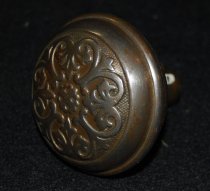
-
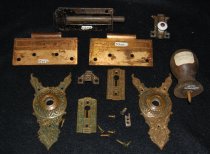
-
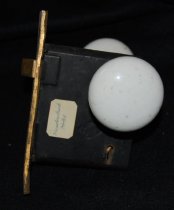
-
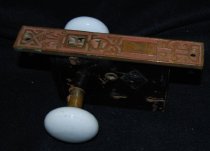
-
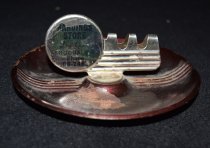
-
1098.004 - Snoqualmie Middle School 8th Grade Promotion Ceremony program.
Program
Record Type: Archive

-
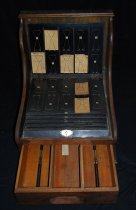
-
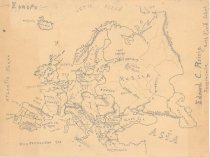
-
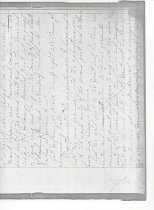
-
470.065 - Ovation Cosmetics, Snoqualmie button style mirror. Purse mirror. 2.25" diameter. Mirror is round, back of mirror is white with writing: Ovation Margaret Hooley PO Box 502 Snoqualmie, WASH 98065 Te YU 8-9241 Cosmetics ...Think Beautiful...
Mirror, Hand
Record Type: Object
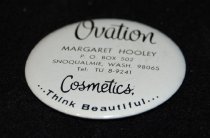
-
473.058 - Oil Painting- "Drizzle Day- Study in Gray" View from Snoqualmie Point Park in July 2008. Painted by Sandy Robinson, artist who helped with Veterans Memorial, painting won by Dave Battey in Raffle for Veterans Memorial Fundraiser.
Painting
Record Type: Photo
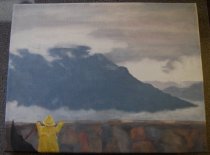
-
473.063 - Cross made by Pete Scott, long time Snoqualmie Methodist Church member (from 1945 to c 1990). Made from Cherry wood from yard of Methodist Parsonage.
Cross
Record Type: Object
